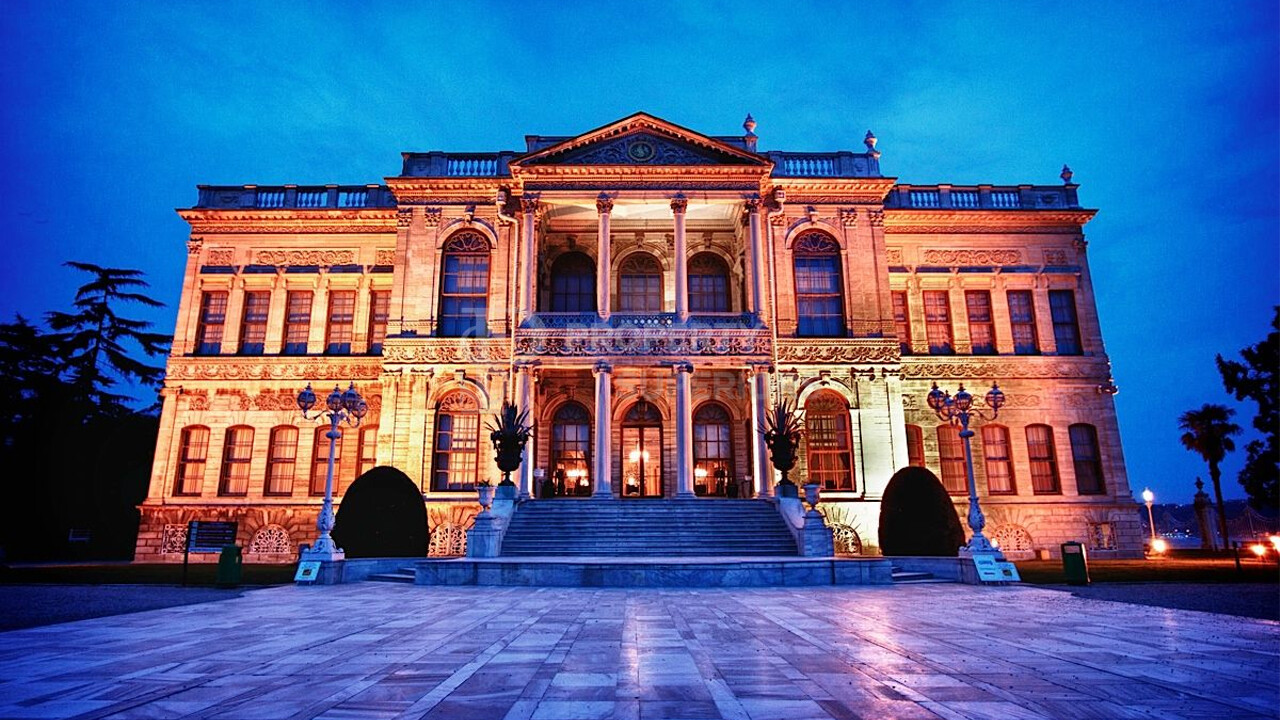
At the centre of governmental affairs is the palace, where significant decisions were made throughout the 625-year existence of the Ottoman Empire. The original capital changed from Bursa to Edirne as the Empire grew through fresh conquests, and finally Fatih Sultan Mehmet, who conquered Istanbul, decided to use the city as the administrative hub. When Istanbul serves as the capital, the palace is moved around the city at specific periods. The ''Old Palace'' was the first palace built in the city. Later, the Sultans alternated between using Topkapi, Eski Ciragan, Besiktas Beach Palace, and the Old Beylerbeyi Palace. The Dolmabahçe Palace was finished in 1856, at which point the empire's administration moved there. Yildiz Palace served as the imperial residence from 1877 to 1909 under Sultan II, who was Abdulhamid. Dolmabahçe Palace and Yldz Palace served as the administrative hub throughout the latter years of the Ottoman Empire, from 1922 to the end of the monarchy.
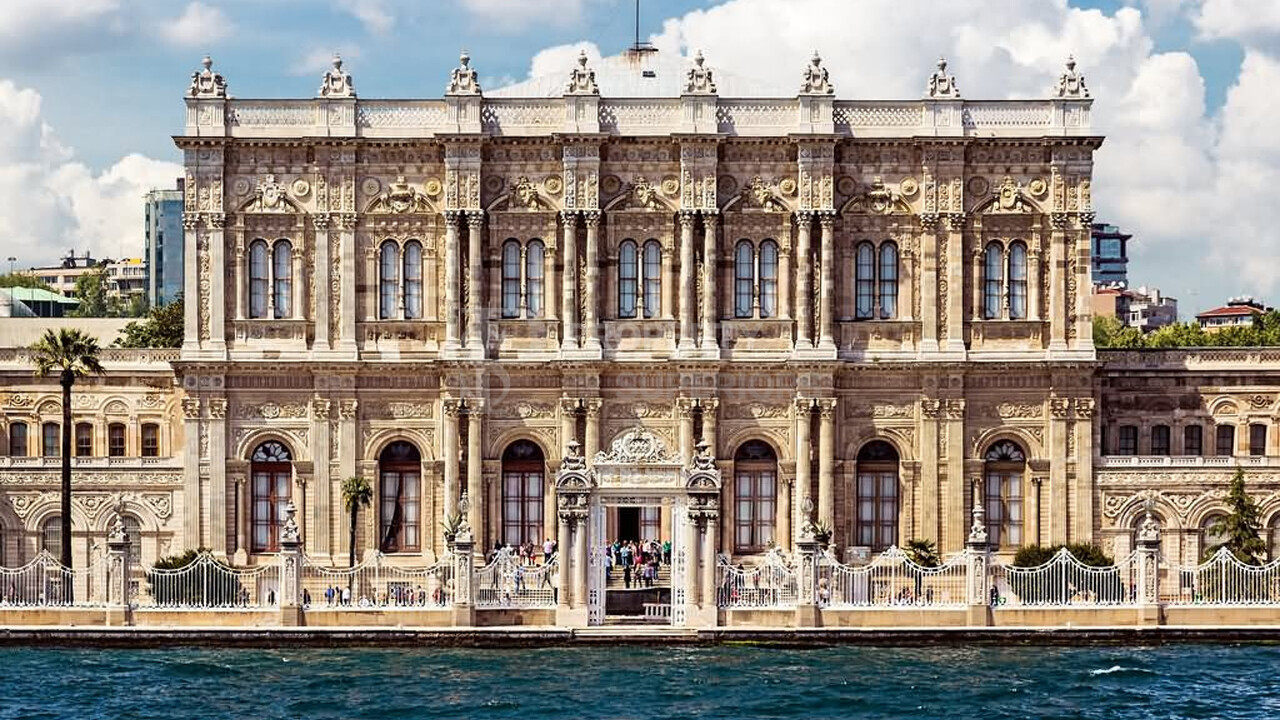
Using Dolmabahçe Palace as a benchmark for modernization
The palace at the height of the Ottoman Empire's power, Topkapi Palace, is frequently understated and unadorned. Dolmabahçe, the palace of the fall of the empire, is renowned for being lavish and spectacular. Palaces are now viewed as relics of the past, sites of luxury, grandeur, and extravagant spending that are closed off to the general public. The palace is more than just a lavish residence for the sultans in the Ottoman Empire. Because the Dolmabahçe Palace is viewed as a representation of the period's social and aesthetic transformations as well as the shifting cultural framework brought on by Westernisation. In fact, the move to Dolmabahçe Palace took place on the same day that Sultan Abdülmecid issued the Tanzimat Edict. Topkapi Palace was undoubtedly demolished at that time because it represented the "old deil" and not the way of life envisioned by the new regime.
Dolmabahce: A Sad Recollection
The modest wooden residences at Dolmabahçe Palace, which is situated between the Beşiktaş and Kabataş piers, are well-known. The palace, which was commissioned from the most renowned Empire architects, Garabet and Nigoos Balyan, was finished in 1856. Foreign ambassadors are welcome, and the architectural design and furniture in the hallways that are visible to visitors are very impressive. Six sultans have resided in the palace, along with Abdülmecid Efendi, the final Ottoman Caliph from 1856 until the caliphate's dissolution in 1924. It was employed in works by the republic's founder, Mustafa Kemal Atatürk, in Istanbul between 1927 and 1938. On November 10, 1938, Atatürk passed away at the Dolmabahçe Palace. Up until 1949, the palace served as the Presidency. It functions as a museum palace since 1984.
Beylerbeyi, A New Palace on the Bosphorus
The sultans' summer home is Beylerbeyi Palace, which also serves as the official guesthouse for visiting foreign dignitaries. It was finished in 1865 at Sultan Abdulaziz's request and by renowned architect Sarkis Balyan. The area, also known as the "Crossing Gardens," dates back to the Byzantine era and served as one of the sultan's gardens during the Ottoman era. The residence of Beylerbeyi Mehmed Pasha in the 16th century is where the name "Beylerbeyi" originates.
As a State Guest House, Beylerbeyi
Sultan Abdulaziz, Sultan II, and Beylerbeyi Palace. During Abdulhamid's rule, it also served as a state guesthouse. The Empress Eugénie of France is recognised as the first significant visitor hosted at the palace. Sultan II. Abdulhamid spent his final six years of life here before passing away in 1918. During the Republican era, Beylerbeyi Palace also welcomed visiting foreign dignitaries. This mansion served as a host for the 1934 visit of the Iranian Shah Pahlavi to Turkey by Mustafa Kemal Ataturk. Beylerbeyi Palace, in contrast to other imperial palaces, has a water feature that makes the room feel cooler. The bottom level hall, which serves as the building's centre, has a sizable pool in its middle.
Topkapi Palace: A Relic of the Ancient Past
In the northwest corner of Beyazt Square, where the current Istanbul University Central Building is situated, the Old Palace is being constructed following the capture. A newer, more complete palace building is nevertheless required. The New Palace, eventually known as Topkapi Palace, is being constructed in Sarayburnu, the historic Byzantine administrative hub. The members of the Harem, Birun, and Enderun who work for the palace also reside here in addition to the sultan and his family. Treasures are hidden here as well as the sultans' palace and governmental affairs. The physical and metaphorical remnants of the Ottoman dynasty and its imperial past are housed in Topkapi Palace. In 1924, it was transformed into a museum. It is now thought of as a museum and repository of civilizations, where thousands of artefacts have been conserved.
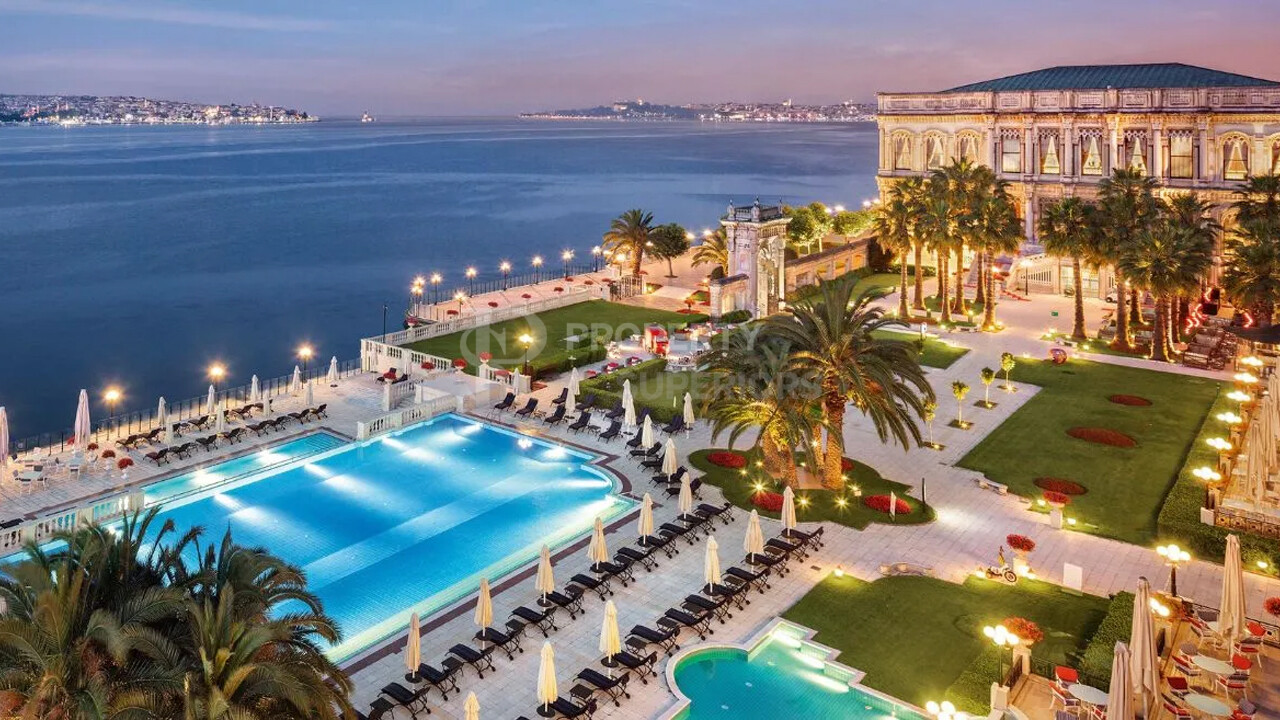
Ciragan Palace
The region between Besiktas and Ortakoy is renowned for being home to sultans, night lamps, and torches. The sultans stay in these wooden palaces, especially during the summer. It is reported that Sultan Abdulmecid stayed there for the majority of the season. The Sultan plans to demolish the wooden palace and construct a new one after the Dolmabahçe Palace is finished, but this is put off due to budgetary constraints. Sultan Abdülaziz commissioned Nikoos Balyan of the renowned Balkan dynasty of architects to build the palace in 1865. Despite having a fairly lavish appearance in terms of ornamentation, the Ciragan Palace primarily uses geometric embellishments. The ''Cragan Palace Raid'' was an incident that occurred in 1878. The Ciragan Palace is raised by journalist Ali Suavi and a group of roughly 250 people. Murad V attempts to retake the throne after Sultan II. Abdulhamid is not removed from the throne due to his mental impairment. But this endeavour is unsuccessful.
Yıldız Palace
It is known that the Yildiz village of today was formerly a Byzantine grove. It is now referred to as Kazancıoğlu Garden after Istanbul was conquered. The Yildiz mansion, which was erected by III. Selim's mother, is growing as additional residences and pavilions are added. During the rule of Sultan II Abdulhamid (1876–1909), additional buildings were erected to the complex, which is now known as Yildiz Palace. II. Abdulhamid relocated from the Dolmabahce Palace to the Yildiz Palace, where he stayed for the duration of his rule. Following II. Abdulhamid's overthrow, the administration relocated back to Dolmabahce Palace. However, the sultans of the previous era occasionally still used it. Before leaving for Samsun on May 15, 1919, Sultan Vahdettin, often known as VI. Mehmed, talks with Mustafa Kemal Pasha in this edifice.
Related posts:
The goal of many people who want to own real estate in Turkey is to obtain an ideal apartment in Turkey within the city of Istanbul or any other Turkish city, and buyers focus on several factors that they want...
Buying a property in Turkey is not a difficult or complicated process or requires bureaucratic procedures. Rather, it is done through simple steps that lead to the new owner obtaining the Tabu document, which shows that he has the legal...


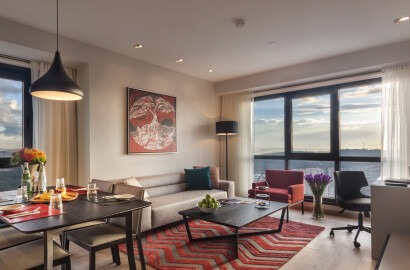
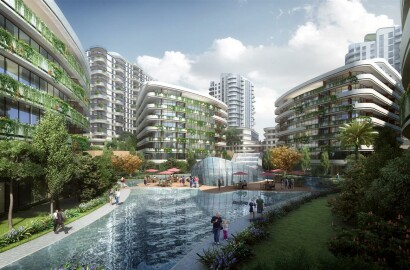
 New provisions for obtaining Turkish citizenship through real estate ownership
New provisions for obtaining Turkish citizenship through real estate ownership
 Turkish Real Estate Rental Law 2024
Turkish Real Estate Rental Law 2024
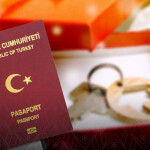 Ways to obtain Turkish citizenship through investment 2024
Ways to obtain Turkish citizenship through investment 2024
 How to choose an ideal apartment in Turkiye?
How to choose an ideal apartment in Turkiye?
 Turkish passport... Extraction method and fees 2024
Turkish passport... Extraction method and fees 2024
